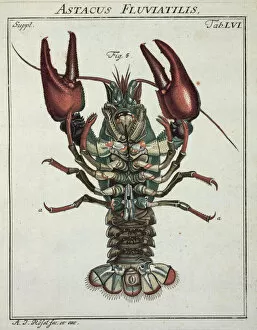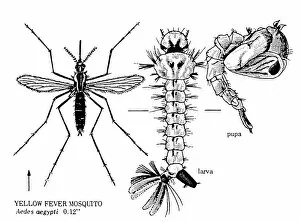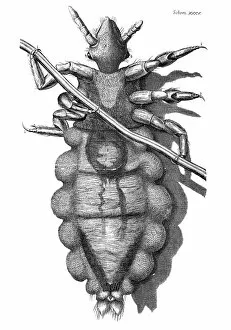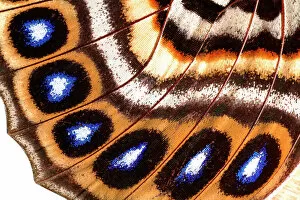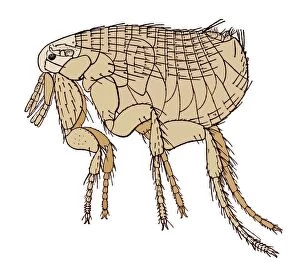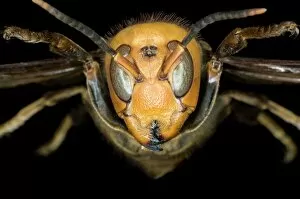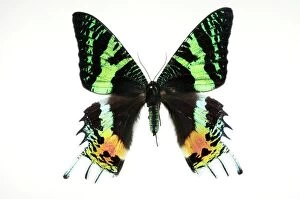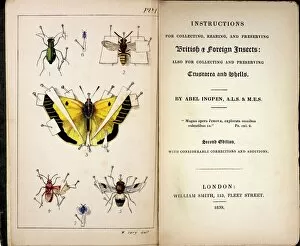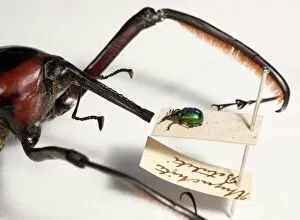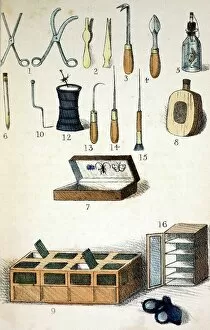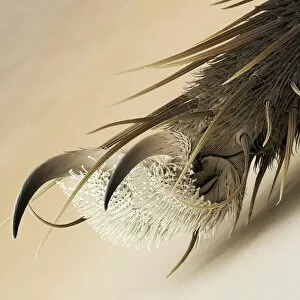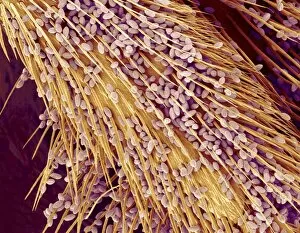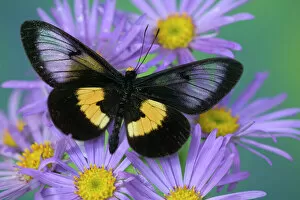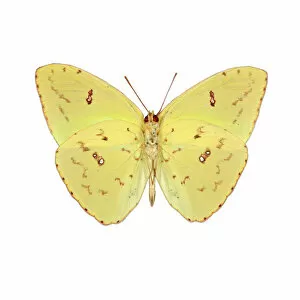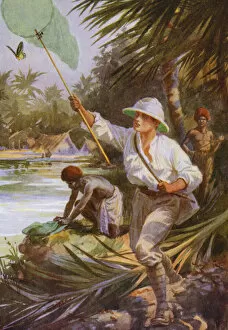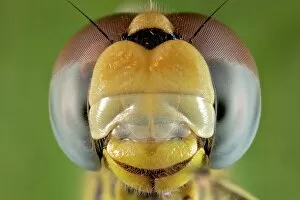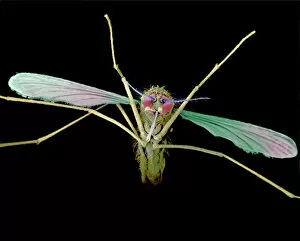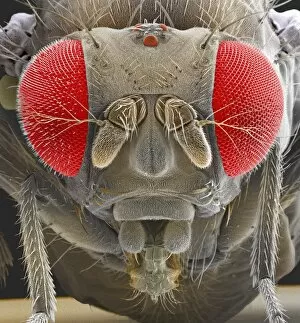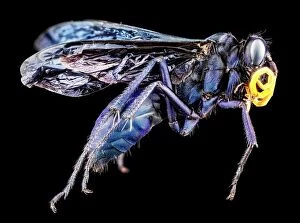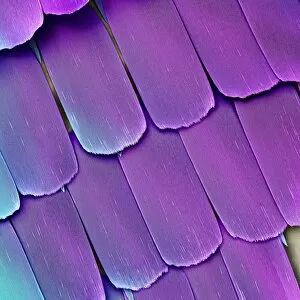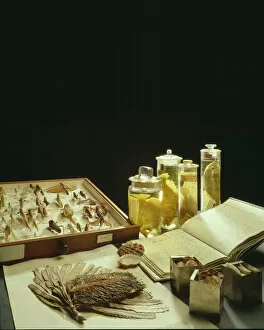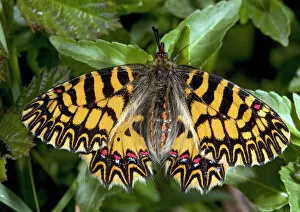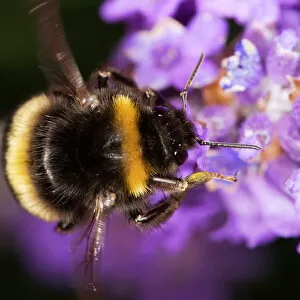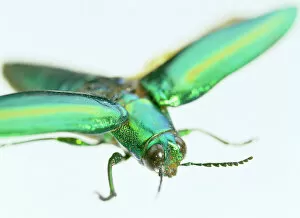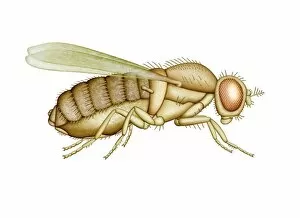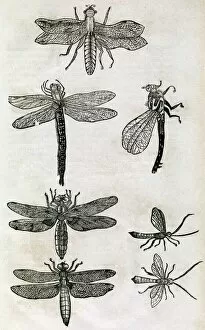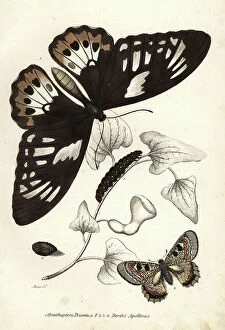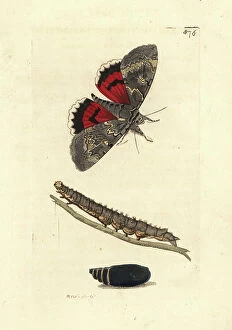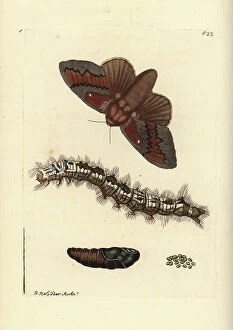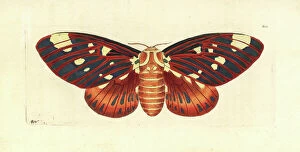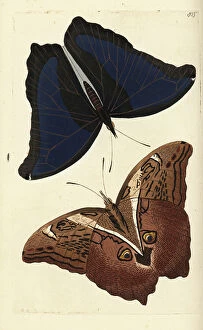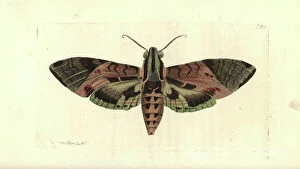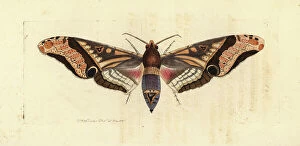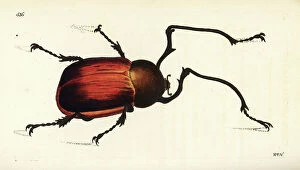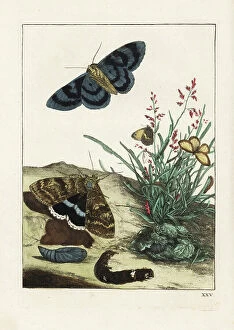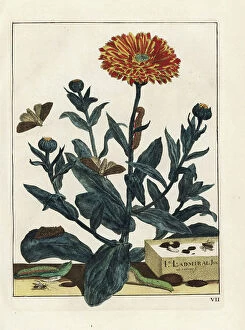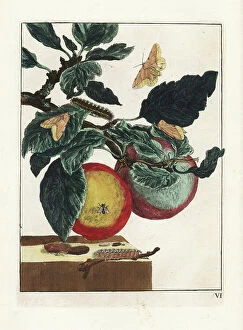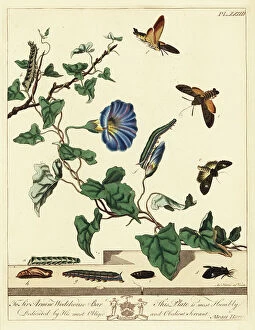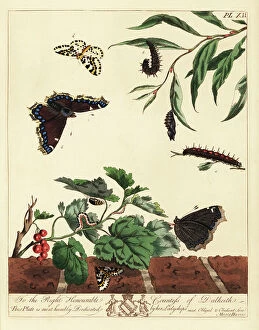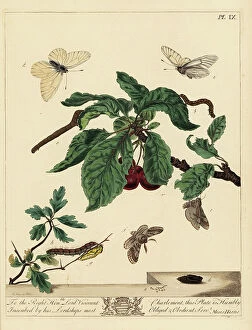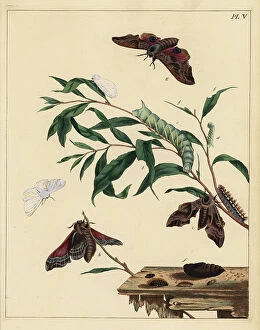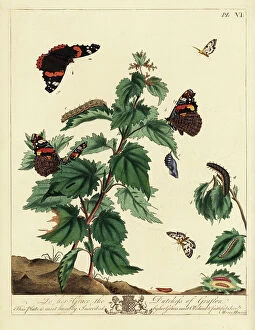Entomology Collection (page 2)
"Exploring the Intricate World of Entomology: From British Butterflies to Surinam Insects" Delve into the fascinating realm with a captivating collection of specimens
For sale as Licensed Images
Choose your image, Select your licence and Download the media
"Exploring the Intricate World of Entomology: From British Butterflies to Surinam Insects" Delve into the fascinating realm with a captivating collection of specimens. A case filled with vibrant British butterflies, known as Lepidoptera, showcases their delicate beauty and intricate patterns. Marvel at the Red Admiral butterfly, Vanessa atalanta, gracefully displaying its open wings in all their glory. Venturing beyond borders, discover the exotic insects of Surinam. Each specimen tells a unique story about this diverse ecosystem and its inhabitants. The Sea Green Swallowtail butterfly captivates with its striking hues and graceful flight. Zooming in closer, explore bee anatomy through historical artwork that beautifully captures these industrious creatures' intricate structures. Uncover the secrets hidden within each segment and marvel at their complex design. Dive deeper into microscopic wonders as you encounter a Fruit fly under SEM Z340 / 0768 magnification. Witness its astonishing details up close – an awe-inspiring reminder of nature's complexity. But entomology isn't just limited to butterflies and flies; it encompasses various species like the Ocypus olens or devil's coach horse beetle model. This intriguing creature fascinates with its formidable appearance and mysterious habits. The Crowned Hairstreak butterfly enchants with its regal presence while showcasing nature's artistry on display once again. Its elegant markings are a testament to evolution's creativity. Lastly, admire the Painted Lady butterfly C016 / 2299 fluttering delicately amidst flowers—a true masterpiece crafted by Mother Nature herself. Even smaller yet equally captivating is an ant captured under SEM imaging—an insect world seen from a different perspective—revealing intricate textures previously unseen by our naked eye. Through stunning artwork capturing bee anatomy or exploring vast collections like those found in this entomological journey, we gain insight into Earth's incredible biodiversity—one tiny creature at a time.

